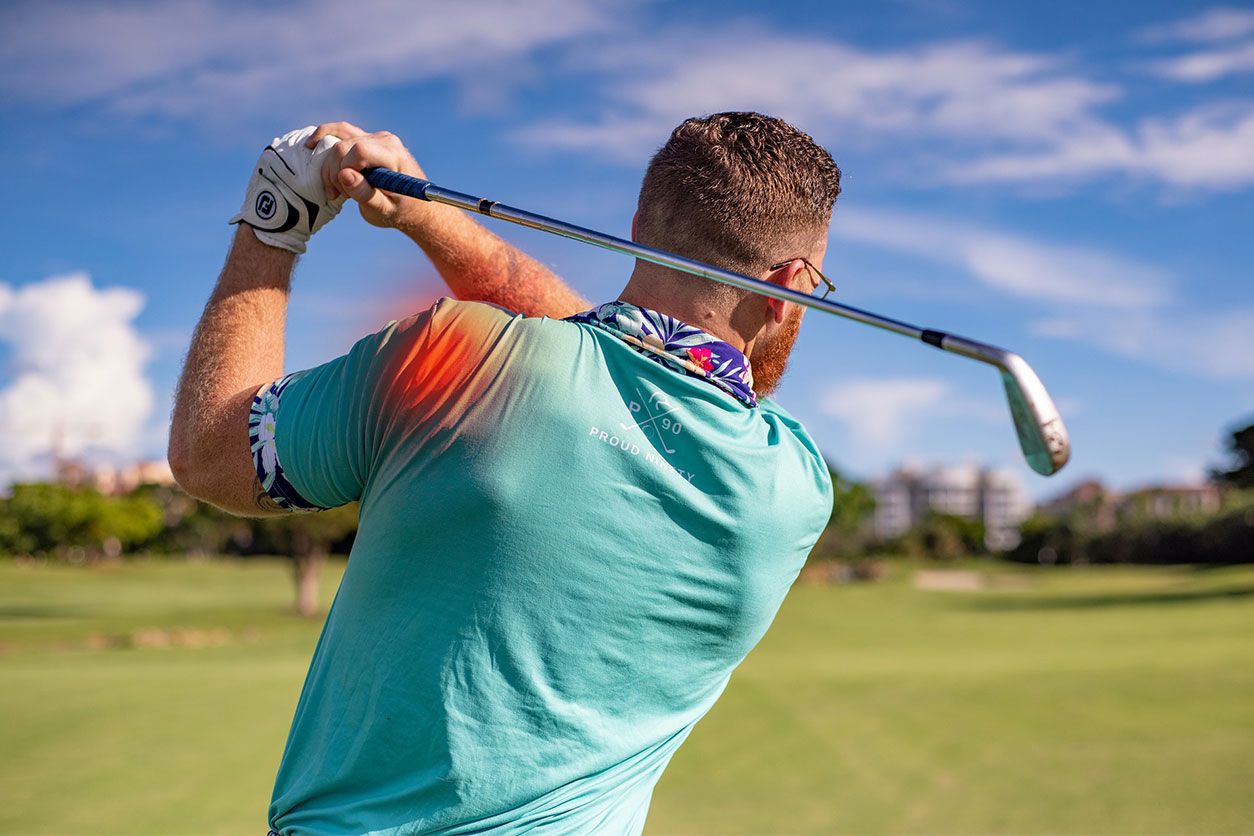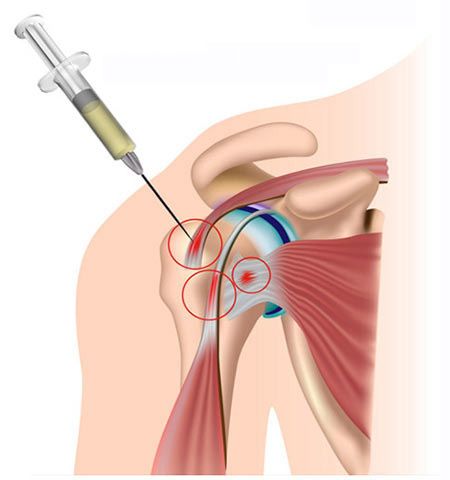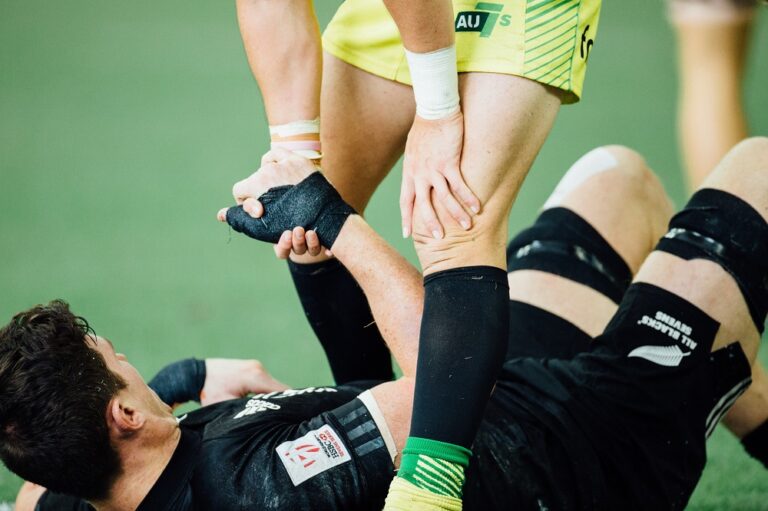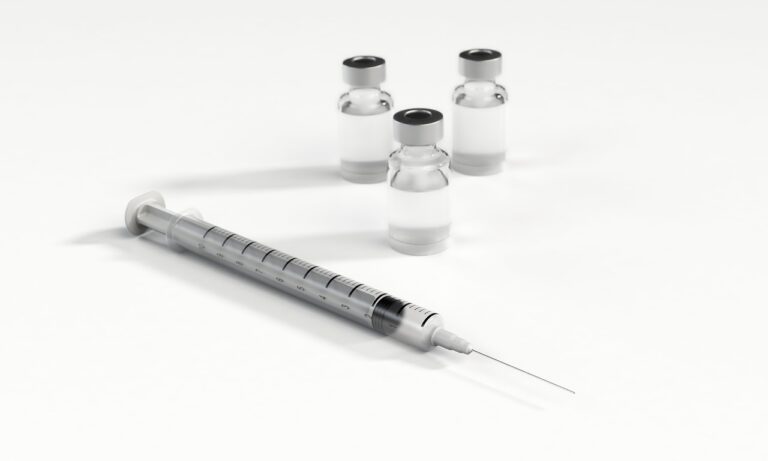Management of a Rotator Cuff Tear
If you have torn your rotator cuff (RC), you are amongst thousands of other Canadians who have suffered one of the most common injuries to the upper limb.
What put you at risk?
Over 25% of individuals 50 or older are living with RC tears, and the likelihood of having a RC tear increases substantially with age.1
Besides age, many other physical and personal health factors may have put you at risk for this injury.
Physical factors can include a history of shoulder injury, engaging in sport with repetitive throwing motions, or manual labour with repetitive overhead motions.2
Personal health factors can include having a higher BMI, smoking, a history of hypertension, or diabetes.2
It is these same risk factors, in addition to the severity, size, and location of the tear, that may also impact the degree of disruption that your RC tear causes you. For these reasons, some patients may experience significant symptoms, while almost 50% of individuals who suffer RC tears do not experience significant symptoms requiring treatment.3
Therefore, it is best to seek evaluation and treatment from a healthcare provider to best advise you if you suffer a RC tear.
— Learn more about the basics of rotator cuff tears —
Management of a rotator cuff tear
Treatment for RC tears is typically separated into two categories: conservative (nonoperative) management and surgical management.
Conservative / non-operative management
Conservative management is the first-line approach to treat a RC tear. It consists of a combination of rest, rehabilitation, strengthening, and pain management.4
The first phase of conservative management, typically beginning immediately after your injury, includes relative rest, ice, and pain medications such as anti-inflammatories. Relative rest involves maintaining gentle movement, but avoiding strenuous movements, heavy lifting, or intense physical activity with the injured shoulder.5
Icing your shoulder may also provide relief of both pain and inflammation. Important strategies to successful icing include wrapping the ice in a towel to avoid direct skin contact, icing for no more than 20 minutes at a time, and always allowing at least 30 minutes between icing cycles.
Lastly, anti-inflammatory medicines such as Advil (ibuprofen), Aleve (naproxen), or Voltaren (diclofenac) may also provide relief. However, always verify with your medical provider that these medications are safe for you to take and be sure to follow the labelled instructions.
After this initial period of healing, it may be appropriate to incorporate physiotherapy programs of strengthening and stretching the shoulder. The shoulder is a very resilient joint, with multiple muscles allowing its function. Therefore, in the setting of a RC tear, targeted strengthening is essential to allowing the surrounding healthy muscles to become stronger and accommodate for the injured, weaker, muscle.
Incorporating stretching will ensure you maintain and improve range of motion of the shoulder, reduce soreness of your muscles, and prevent further injury.4 Together, this regimen will allow the shoulder to become stronger, allow movement and better mobility to avoid tightness, and ensure your shoulder is stable enough to return to your regular activities.
Stretching and strengthening of your shoulder does not require extensive equipment, and exercises may include simple movements, use of resistance bands, dumbbells, or even weight machines.6 A great resource to begin or supplement strengthening and stretching exercises at home can be found here. A secondary role of physiotherapy may be helping you to learn how to complete day-to-day tasks appropriately, like carrying and lifting.
Overall, conservative management is not a quick and easy fix, and therefore will likely require several weeks of exercises before you begin feeling relief. The severity of your injury, and how long you have had the injury may both contribute to this duration. The use of ice/heat therapy, massage, and anti-inflammatories as described above are all methods to help manage the pain while you rehabilitate your shoulder.
Will I need surgery?
As previously mentioned, the success of non-operative treatment will vary based on the severity of the tear, your age, your general activity level, and overall health among others. Conservative management can be very effective, and some research suggests it may help up to 75% of people avoid surgery.7
Therefore, there are many instances where you may not require surgery, or where surgery would not be offered to you. You may not require surgery if your shoulder improves with physiotherapy, your overall pain is low, you are able to carry out your day-to-day tasks, or if your quality of life is unaffected.5
Additionally, in some settings you may not be a candidate for surgical procedures. These reasons would include if you are older and no longer have high physical demands, if you are unable to appropriately rehabilitate your shoulder after surgery, or if you have health conditions that make surgery dangerous such as heart or lung conditions.5
Surgical management

Common situations where you may benefit from RC surgery include:5,8
- if you are young with strong muscle tissue;
- you do not have serious medical conditions;
- there is a high likelihood that your tear will worsen;
- your tear occurred from a major traumatic incident;
- you have severe pain and weakness that harms your quality of life; and/or
- if you have not improved after approximately 3-6 months of conservative treatment.
Overall, this is a challenging and complex decision, and it will be best determined by a thorough evaluation and consultation with your doctor and likely an orthopedic surgeon.
It is important to consider that wait times for shoulder surgery in Alberta are quite prolonged. According to a recent review, 95% of patients may wait up to 315 – 370 days for surgery to be completed, with extensive waits involving the time to see the surgeon, and the time to undergo an MRI through the public system.9 Therefore, even patients who are good surgical candidates will still likely trial conservative treatment as they await further care.
Surgery may involve arthroscopic repair or open surgery. Arthroscopy involves small incisions being made and a camera inserted to access the damaged tissue, where open surgery requires a larger incision to be made. The surgeon will typically reattach the torn tendon to the bone using sutures or other hardware, such as anchors or screw.10
Although many people benefit from surgery and regain full function of their shoulder, no surgery comes without potential risks and complications. These include, but are not limited to, pulmonary embolism, nerve injury from the procedure, infection at the location of the incisions, decreases in mobility or stiffness of the shoulder, chronic post-operative pain, or failure of the repair and occurrence of another tear.
Post-operatively, patients will likely take 6 weeks before regaining full range of motion, at least 12 weeks before being able to begin true strengthening, and at least 20 weeks before returning to full level of physical function.
What is the role of injections in the management of rotator cuff tears?
If you are not a surgical candidate, if you do not wish to pursue surgery, or if your shoulder is still painful despite operative/non-operative management, an additional treatment to pursue are injection-based pain management strategies.
These strategies include corticosteroids, platelet rich plasma, and hyaluronic acid injections.
Corticosteroids are powerful anti-inflammatory medications that are able to be injected into the shoulder, reducing both the inflammation of the shoulder and much of the pain.11 However, these do not promote healing of the shoulder, and perhaps may contribute to further degeneration of the muscles and surrounding tissue. Therefore, they are not long-term solutions, but rather provide a temporary relief to reduce your pain enough to engage in other management strategies, such as physiotherapy.
Platelet rich plasma injections involve drawing a small amount of your blood, and using a machine called a centrifuge to separate the platelet component of your blood. In addition to platelets, this component contains important growth factors that naturally occur in our body that promote the healing of tissue. This solution is then injected back into you, at your shoulder, and in some cases has been found to promote healing and tissue repair.12
— Learn more about platelet rich plasma injections —
Hyaluronic acid is a natural substance in your body, typically found in your joints, that provides lubrication and cushioning. After a rotator cuff injury, the natural supply of hyaluronic acid in your shoulder joint may be depleted and contributing to your pain.13 Hyaluronic acid injections act to mimic the natural substance to improve joint function, and may be given as one single dose or as a series of 3-5 depending on the brand of choice. Mild-moderate evidence exists for the efficacy of these injections, with mixed results.14 Again, injections do not come without risks. Therefore, a careful discussion with your healthcare provider is essential to understand whether these treatment modalities are appropriate for you.
— Exercises you can do to prevent rotator cuff tears —
Contributing Expert

Matt Machan, Medicine, University of Alberta
References
- Sher JS, Uribe JW, Posada A, Murphy BJ, Zlatkin MB. Abnormal findings on magnetic resonance images of asymptomatic shoulders. JBJS. 1995 Jan 1;77(1):10-5.
- Sayampanathan AA, Andrew TH. Systematic review on risk factors of rotator cuff tears. Journal of Orthopaedic Surgery. 2017 Feb 13;25(1):2309499016684318.
- Hinsley H, Ganderton C, Arden NK, Carr AJ. Prevalence of rotator cuff tendon tears and symptoms in a Chingford general population cohort, and the resultant impact on UK health services: a cross-sectional observational study. BMJ open. 2022 Sep 1;12(9):e059175.
- Edwards P, Ebert J, Joss B, Bhabra G, Ackland T, Wang A. Exercise rehabilitation in the non-operative management of rotator cuff tears: a review of the literature. International journal of sports physical therapy. 2016 Apr;11(2):279.
- https://myhealth.alberta.ca/Health/Pages/conditions.aspx?hwid=aa54545
- Itoi E. Rotator cuff tear: physical examination and conservative treatment. Journal of orthopaedic science. 2013 Mar 1;18(2):197-204.
- Schmidt CC, Jarrett CD, Brown BT. Management of rotator cuff tears. The Journal of hand surgery. 2015 Feb 1;40(2):399-408.
- https://orthoinfo.aaos.org/en/treatment/rotator-cuff-tears-surgical-treatment-options/
- Eubank BH, Lafave MR, Preston Wiley J, Sheps DM, Bois AJ, Mohtadi NG. Evaluating quality of care for patients with rotator cuff disorders. BMC Health Services Research. 2018 Dec;18(1):1-3.
- Karjalainen TV, Jain NB, Heikkinen J, Johnston RV, Page CM, Buchbinder R, Cochrane Musculoskeletal Group. Surgery for rotator cuff tears. Cochrane Database of Systematic Reviews. 1996 Sep 1;2019(12).
- Buchbinder R, Green S, Youd JM, Cochrane Musculoskeletal Group. Corticosteroid injections for shoulder pain. Cochrane Database of Systematic Reviews. 1996 Sep 1;2010(1).
- Malavolta EA, Gracitelli ME, Ferreira Neto AA, Assunção JH, Bordalo-Rodrigues M, de Camargo OP. Platelet-rich plasma in rotator cuff repair: a prospective randomized study. The American journal of sports medicine. 2014 Oct;42(10):2446-54.
- Nakamura H, Gotoh M, Kanazawa T, Ohta K, Nakamura K, Honda H, Ohzono H, Shimokobe H, Mitsui Y, Shirachi I, Okawa T. Effects of corticosteroids and hyaluronic acid on torn rotator cuff tendons in vitro and in rats. Journal of Orthopaedic Research. 2015 Oct;33(10):1523-30.
- Weber S, Chahal J. Management of rotator cuff injuries. JAAOS-Journal of the American Academy of Orthopaedic Surgeons. 2020 Mar 1;28(5):e193-201.








